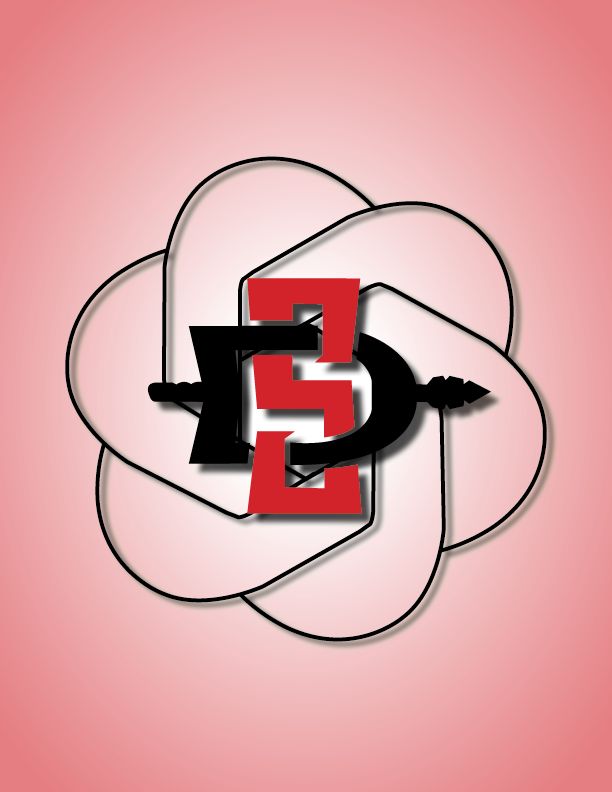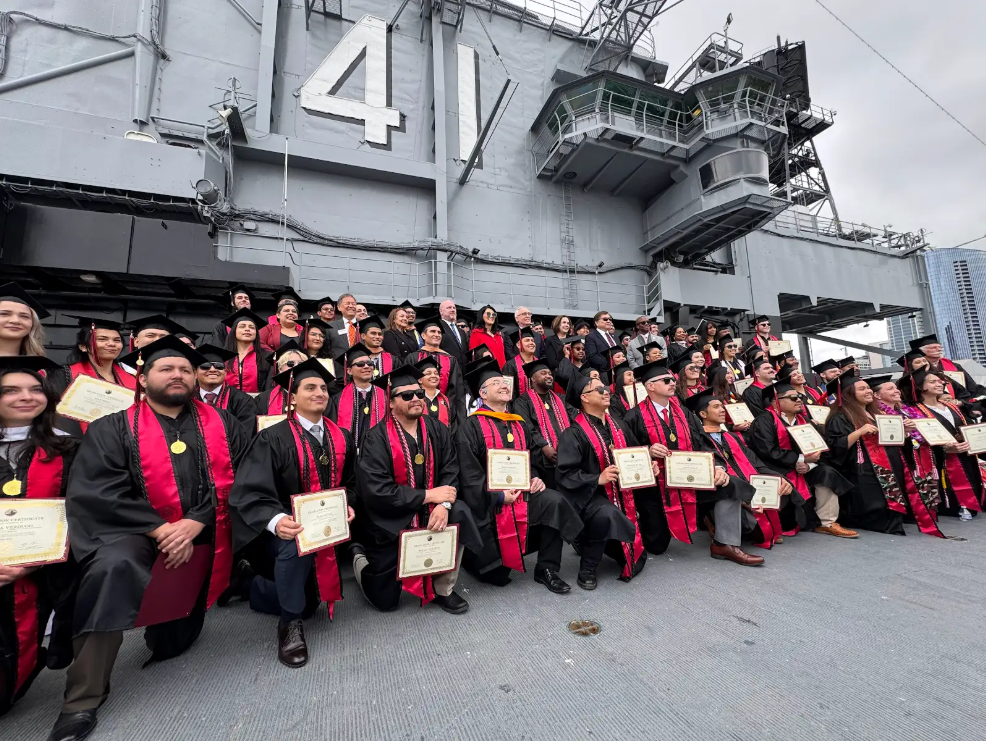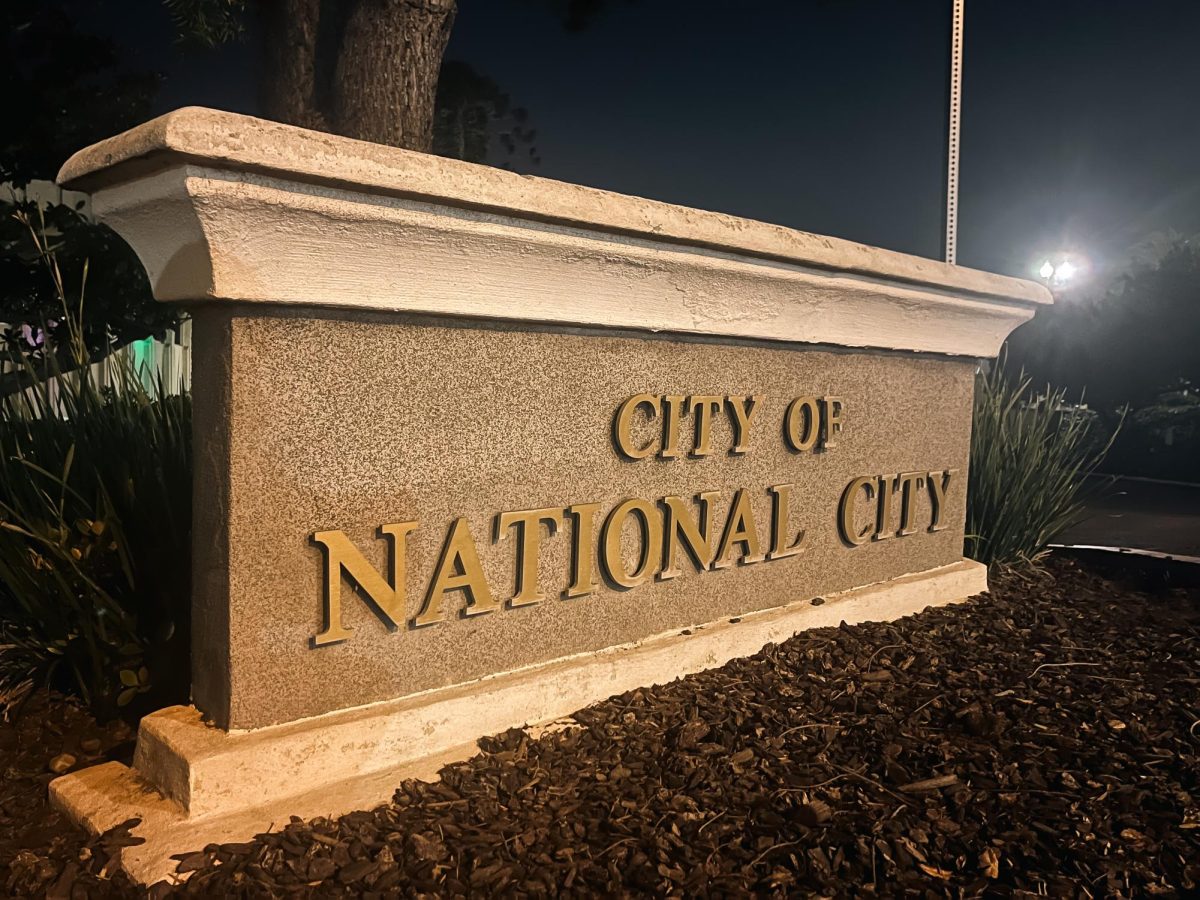Announced by the California State University Board of Trustees and the Office of the Chancellor on Feb. 4, the CSU system is collaborating with major tech companies and the office of California Governor Gavin Newsom to bring Artificial Intelligence tools and training to all 23 CSU universities.
“We are proud to announce this innovative, highly collaborative public-private initiative that will position the CSU as a global leader among higher education systems in the impactful, responsible and equitable adoption of artificial intelligence,” CSU Chancellor Mildred García wrote in a public announcement by the CSU.
“The comprehensive strategy will elevate our students’ educational experience across all fields of study, empower our faculty’s teaching and research and help provide the highly educated workforce that will drive California’s future AI-driven economy,” Garíca said.
In addition, CSU established an AI Workforce Acceleration Board to “identify and advocate for AI skills needed in the workplace and will work alongside CSU students and faculty on pressing issues.”
This advisory board includes both CSU representatives and tech companies Adobe, Google, AWS, IBM, Instructure, Intel, LinkedIn, Microsoft, NVIDIA and OpenAI, with more expected to be added in the coming months according to a CSU article.
“We’re still in the early stages of AI adoption in education, and it is critical that the entire ecosystem—education systems, technologists, educators and governments — work together to ensure that all students globally have access to AI and develop the skills to use it responsibly,” said Leah Belsky, VP and General Manager of Education at OpenAI.
The AI Commons Hub is the primary collection of resources being offered to utilize tools, engage in training programs and receive certifications. Training from apprenticeship programs can be provided to CSU students to work in AI organizations as a way to gain actual experience and improve employability.
“Thirty-five of 50 of the top largest AI companies in the world have headquarters here in California,” James Frazee, Vice President for Information Technology and Chief Information Officer, said. “And those companies, sadly, don’t often hire people from California. Indeed, they don’t hire people from the United States. They often have to go international to find the talent they need.”
Although several different AI tools have already been made available to San Diego State University students, one of the most recent additions is ChatGPT Edu, which offers a paid version of the platform to students for free.
According to an SDSU announcement, this version allows students, faculty and staff access to GPT-4o, increased privacy and security, and optimization for higher education work that aligns with the AI Literacy initiative.
“It’s kind of controversial because some faculty are saying ‘hey, why are you introducing this new technology?’” Frazee said. “But it turns out, 82% of students are already using ChatGPT, so this isn’t new. This is just that they’re not having to pay with their privacy anymore for the vast majority of students.”
Another element of the initiative is the AAAI Micro-Credential, launched last year by SDSU and expanded into the CSU system. This certification offers free AI training to students, faculty and staff. According to an SDSU article, it provides the skills necessary to effectively and ethically use AI technology.
“Think of it as kind of a mini course in Canvas, takes two to four hours to complete,” Frazee said. “Once you complete it you can put that little badge on your LinkedIn profile and that might be enough to differentiate you when you’re going to apply for a job with somebody who doesn’t have that AI Micro-Credential.”
There are also plans for AI implementation in classrooms as a way to enhance teaching, learning and research using these resources.
The implementation and use of AI in an educational setting has raised some controversy among students, faculty and staff who aren’t sure if these tools should be used.
“One of the challenges we’re facing with AI, which is just this profound disruption, is some faculty…[believe] in some cases that students are going to use it to cheat,” Frazee said.
Frazee says that there is a gap where a middle ground needs to be found between what some professors consider cheating and what businesses call workforce progress or efficiency.
David Coddon, a journalism lecturer at SDSU, thinks AI should only be used for specific, limited tasks in his classroom, such as headline brainstorming or caption writing, but he discourages reliance on it for substantive work.
One issue professors face with these new tools is distinguishing AI-generated writing from a student’s original work. However, AI consistently fails to capture a student’s unique voice and style, according to Coddon.
“Once you get a feel for a student’s writing style, it becomes clear when it’s no longer their own,” he said.
“More students use AI as shortcuts to doing honest work than those who use it productively,” he said. “It only takes two or three assignments to notice a difference.”
This concern about academic integrity is also shared by some students who feel AI use creates an uneven playing field.
Students like Kimberly Capio, a student majoring in biology, feel it’s unfair for some students to use AI for class assignments.
“We had an open-book, open-note quiz, but it was in person, and I noticed most students were looking up answers on ChatGPT,” Capio said. “I didn’t feel comfortable doing that. I wanted to remain truthful and take the quiz honestly. It felt unfair because I was the only one trying to follow the rules.”
Another student, Mika Nash, an aerospace engineering major, has a more positive viewpoint, seeing the usage of AI as a useful tool for studying.
“Using AI to generate step-by-step explanations of complex problems has helped me understand concepts more clearly,” Nash said. “It’s like having a tutor available 24/7. It’s been a game changer in making sure I grasp the material thoroughly.”
In the future, Frazee hopes to develop videos of faculty explaining how and why they are using AI tools in the classroom.
“That is going to be a big push for us because the most important thing that we can do is provide faculty with lots of examples of how they can use these tools in ways that they’re comfortable with,” Frazee said.
While resources like ChatGPT Edu and the AAAI Micro-Credential provide students with new learning opportunities, concerns about academic integrity and AI reliance remain. With the exponential growth of AI, faculty and industry leaders continue to explore ways to integrate it into education while addressing these challenges.






